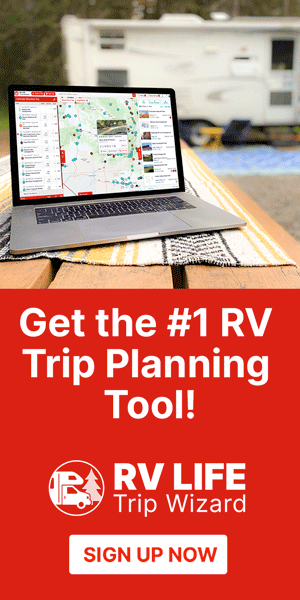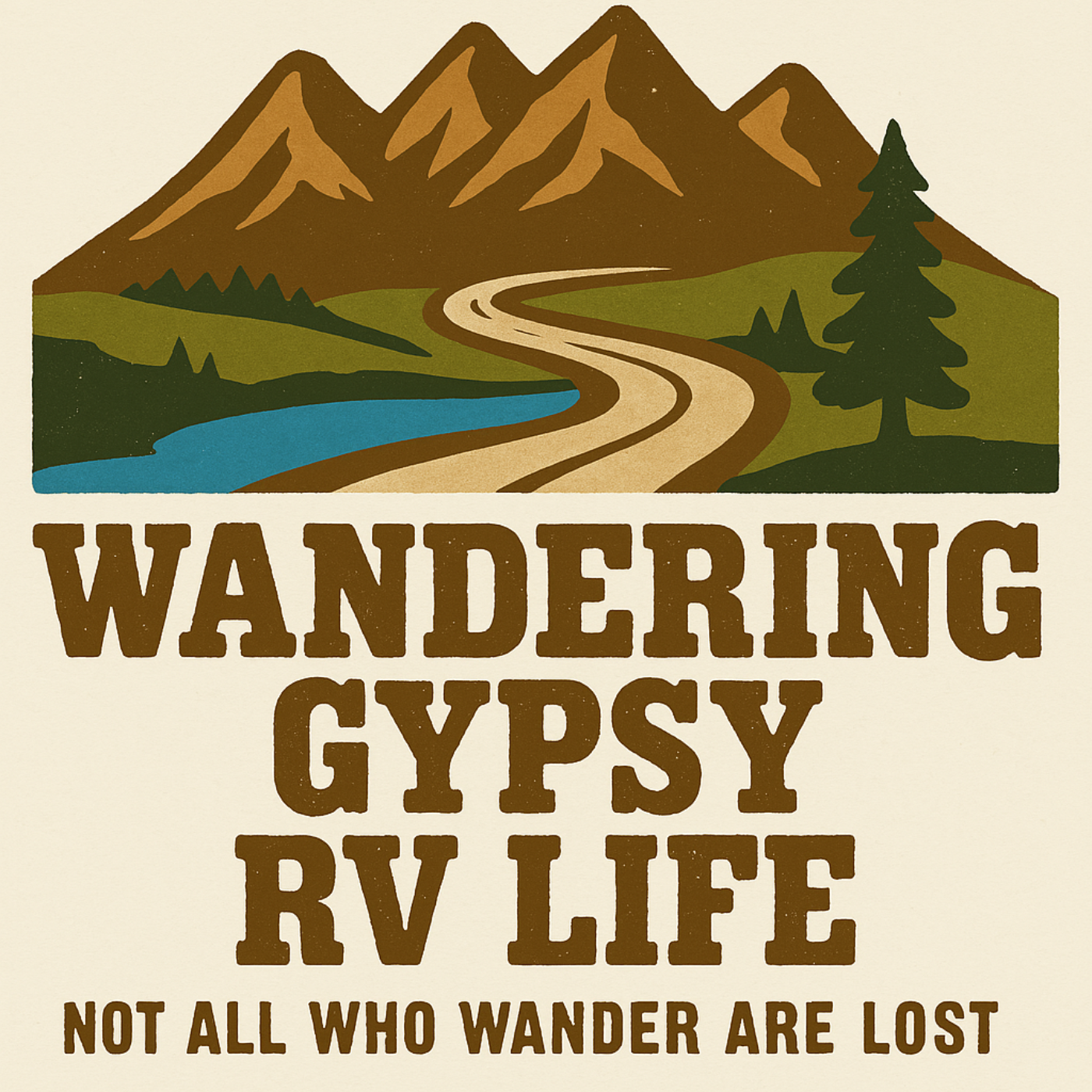57 Days. 4,700 Miles. Countless Memories.
The Summer RV Tour 2025 wasn’t just a trip—it was the first chapter of retirement, a rolling adventure across the American West with Bertie Bea, my Tiffin Allegro Open Road, and Rosie in tow. From the high plains of Colorado to the historic falls of Montana, every stop along the way carried its own flavor, history, and cast of characters.
Whether you’re a seasoned full-timer or dreaming of your first RV trip, I hope this post inspires you to hit the road, chase some sunsets, and listen to the stories each town and trail has to offer.
🚀 Launching Into Retirement

In May 2025, I shut down the work laptop for good. After years in the office, the open road was calling—and I answered. Retirement meant more than extra free time; it meant finally being able to live fully on the road with no deadline but the horizon.
🌾 Kit Carson, CO – Where the Wind Still Whispers
My first stop was Kit Carson, Colorado, a high plains town named for the legendary frontiersman and scout. The wind out there doesn’t mess around—one night brought 40mph sustained winds with gusts up to 70mph. I had to pull in Bertie Bea’s slides just to keep the toppers from becoming airborne.
It was wild. It was raw. And it was a beautiful reminder of why the frontier spirit is still alive and well out there.
🧭 Historical Side Note: Kit Carson helped guide the Frémont expeditions and played a significant role in westward expansion. His legacy is storied—and complicated—but the town bearing his name still holds echoes of that old west grit.
🎣 North Sterling State Park, CO – Friendship and Fresh Air

Next up: North Sterling State Park. Nestled around North Sterling Lake, it’s the perfect place for reconnecting—with old friends and new. The campground was alive with weekend laughter, shared meals, and lakeside chats that stretched well past sunset.
For me, this stop was a reaffirmation that RV life isn’t just about seeing the country—it’s about building community wherever your tires touch the ground.
🏛️ Laramie, WY – From Outlaws to On-Air

In Laramie, I found a quiet place to catch up on Wandering Gypsy RV Life projects and begin laying the groundwork for a brand-new podcast: On the Road with TechnoRV.
I also visited the Wyoming Territorial Prison, where the infamous Butch Cassidy was once incarcerated. Walking those cold stone halls was like stepping into another time.
📚 Historical Highlight: Laramie was once known as “Hell on Wheels” thanks to its wild railroad boom. Today, it’s a balance of college town charm and old-west heritage.
🎂 Alcova, WY – A Dam Fine Birthday Week

I rang in my birthday fishing the North Platte River in Alcova with my friends Brian Hilbert and Rowdy. The local slogan, “It’s a dam site,” was spot-on.
We floated, fished, and flung enough flies to make any trout nervous—and managed to land some beautiful rainbows. There may have been a few epic fishing fails too… but I’ll let my YouTube video tell that story.
🎣 Fishing Fan? Watch the video of my birthday week fly fishing adventure (and bloopers!) on YouTube »
🏞️ Medora, ND – National Parks and Rodeo Legends

Medora is a treasure on the edge of Theodore Roosevelt National Park. Rosie and I drove the scenic loop, where bison roam and badlands blaze in the sunset.

I also stopped by the North Dakota Cowboy Hall of Fame, where I was moved by an exhibit featuring Wayne Herman, PRCA World Champion Bareback Rider, and one of my childhood rodeo heroes. His grit and resilience made a huge impact on me growing up—and still does.
🐴 Miles City, MT – Museums and Military History

In Miles City, I toured the Range Rider Museum, located on the site of Fort Keogh—named after Capt. Myles Keogh, who died with Custer at the Battle of the Little Bighorn.
The museum is packed with frontier history: rifles, saddles, wagons, and cowboy artifacts from every era. It’s one of the most authentic looks at the American West you’ll find.
🌊 Great Falls, MT – Tracing the Lewis & Clark Trail

In Billings, I met up with Doug Simcox from the Beyond the Chutes podcast, and we made a road trip to Great Falls to explore the very ground where Lewis and Clark once stood.
The expedition had to portage five massive waterfalls in this area—a grueling task that nearly broke them. Seeing those falls firsthand gave me a whole new appreciation for their journey.
🎙️ Bonus: Doug and I recorded some great podcast content during our time together—stay tuned!
🎪 Rock Springs, WY – Tiffin Rallies and River Days

The Tiffin Allegro Club “Riding the Range” Rally at the Sweetwater Events Complex in Rock Springs was 10 days of education, upgrades, and good old-fashioned fun.

I teamed up with Michael Kilbourne and the TechnoRV crew to record seminars and podcast episodes and even took a day off to fish the Green River with guide Austin Fox of The Solitary Angler—one of the best guides I’ve ever had.

It was also a pleasure to meet Bob Tiffin, the founder of Tiffin Motorhomes, and Brett Davis, owner of National Indoor RV Centers and 2025 Ernst & Young Entrepreneur of the Year. Safe to say the RV world is in good hands.
🚐 The Road Home – 1,700 Miles and a Full Heart
After the rally, I drove 1,700 miles over four days and pulled into Kick Back Ranch & Event Center—my home base in Alabama—on June 26.

Fifty-seven days. Dozens of stops. More memories than I can count. And I’d do it all over again tomorrow.
📣 Follow the Journey
If you enjoyed this recap, be sure to:
🔹 Subscribe to the Wandering Gypsy RV Life Podcast
🔹 Watch the fly fishing fails and road adventures on YouTube »
🔹 Follow me on Facebook and Instagram
Whether you’re full-timing or weekend wandering, remember:
“Not all who wander are lost.”
— J.R.R. Tolkien
Until next time, keep your coffee hot, your hitch tight, and your spirit wide open.
See you on the road,
– Stan









































